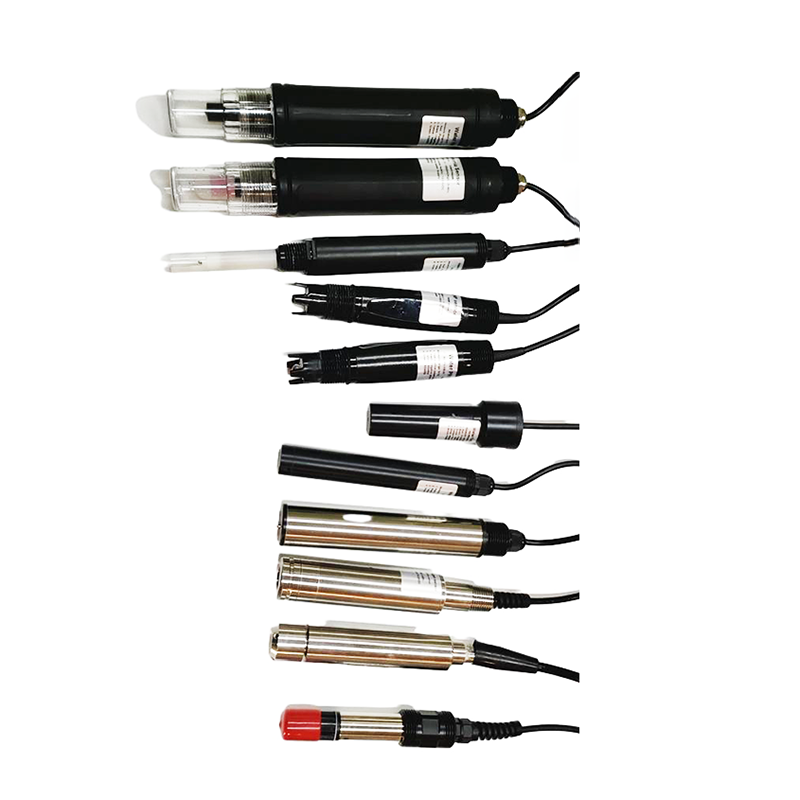Effective water quality monitoring is an essential component of public health strategies worldwide. Waterborne diseases remain the leading cause of death among developing children, claiming nearly 3,800 lives every day.
1. Many of these deaths have been linked to pathogens in water, but the World Health Organization (WHO) has also noted that dangerous chemical contamination of drinking water, particularly lead and arsenic, is another cause of global health problems.
2. Monitoring water quality poses many challenges. In general, the clarity of a water source is considered a good indicator of its purity, and there are special tests to evaluate it (e.g., the Sage Plate test). However, simply measuring the clarity of water is by no means a complete assessment of water quality, and many chemical or biological contaminants may be present without causing noticeable color changes.
Overall, while it is clear that different measurement and analysis strategies must be used to create reliable water quality profiles, there is no clear consensus on all parameters and factors that should be considered.
3. Water quality sensors are currently widely used in water quality evaluation methods.
4. Automatic measurement is important for many water quality applications. Regular automated measurements are a cost-effective way to provide monitoring data that provides insight into whether there are any trends or correlations with specific events that are harmful to water quality. For many chemical contaminants, it is useful to combine measurement methods to confirm the presence of specific species. Arsenic, for example, is a chemical contaminant present in many parts of the world, and arsenic contamination in drinking water is a problem that affects millions of people.
Post time: Jan-04-2024

